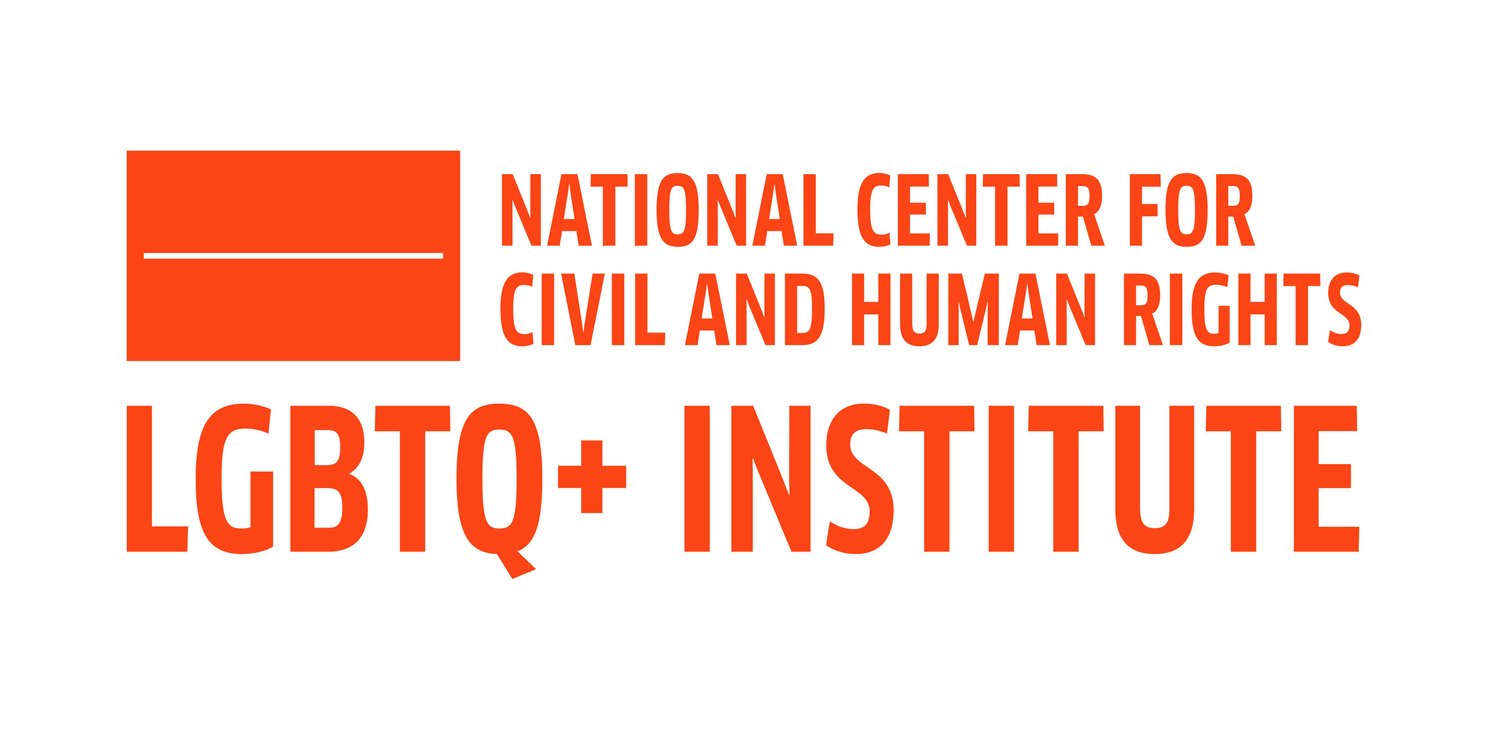Dani McClain for The Nation on December 4, 2014
"The Civil Rights Movement Came Out of a Moment Like This One"
Back in August, some observers drew comparisons between the shooting of Michael Brown by Darren Wilson in Ferguson, Missouri, and the 1955 murder of Emmett Till. If parallels to civil rights movement history are helpful now, then let yesterday’s announcement that a Staten Island grand jury won’t indict the police officer who choked Eric Garner to death be a sign that we’re somewhere closer to 1963—when a series of devastating setbacks and subsequent widespread outrage transformed the civil rights struggle—than we are to Till’s lynching, that earlier consciousness-raising moment. There was a perfect storm this week: the continuing fallout of the failed indictment of Wilson; the news of the outcome in the Garner case; a Cleveland newspaper’s efforts to discredit and sling mud on the parents of a 12-year-old boy killed by police. This moment has the potential to catapult change, just as a series of events that transpired eight years after Till was killed did.
The murder of 14-year-old Till and the 1963 murder of four black girls at Birmingham’s Sixteenth Street Baptist Church both became national stories that hit Americans square in the chest, reminding them of the Jim Crow system of justice in which black people had no rights that whites were bound to respect. With the killings of Garner, Brown, Akai Gurley, Tamir Rice and others, we are all reminded that black life is still too often devalued, and that police officers are often not subject to the rule of law. That reminder has packed a similar emotional wallop. It is all coming so quickly: these announcements that a trial isn’t even needed to determine the police officer’s guilt or innocence. These exonerations through other means. People are taking to the streets nationwide to protest: just last night saw an outpouring of response in New York City, Los Angeles, Atlanta and beyond.
But one problem, as my colleague Zoë Carpenter noted yesterday, is that some who are protesting are wondering how to turn these coordinated actions into a movement.
To read McClain's full article, click HERE.

